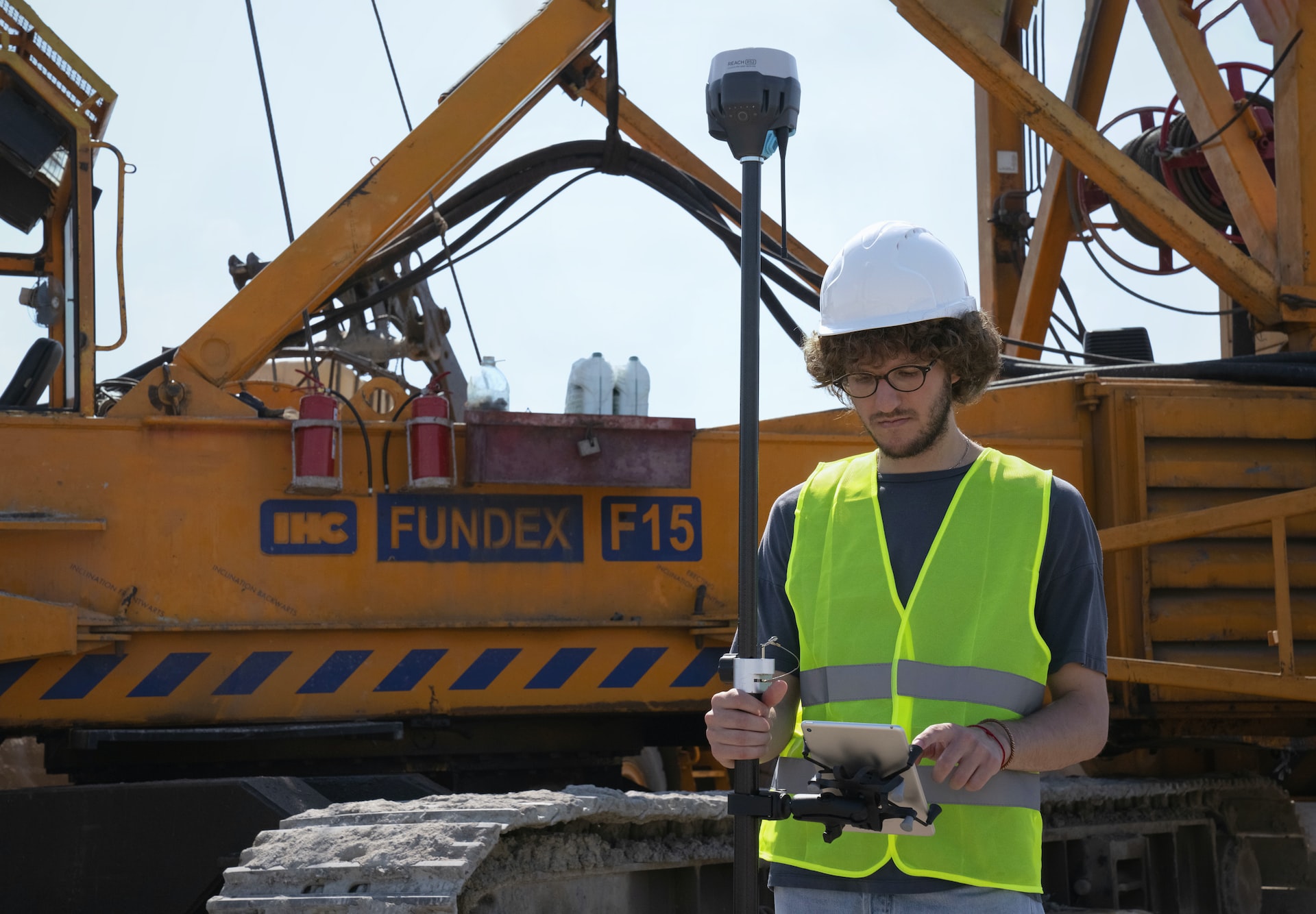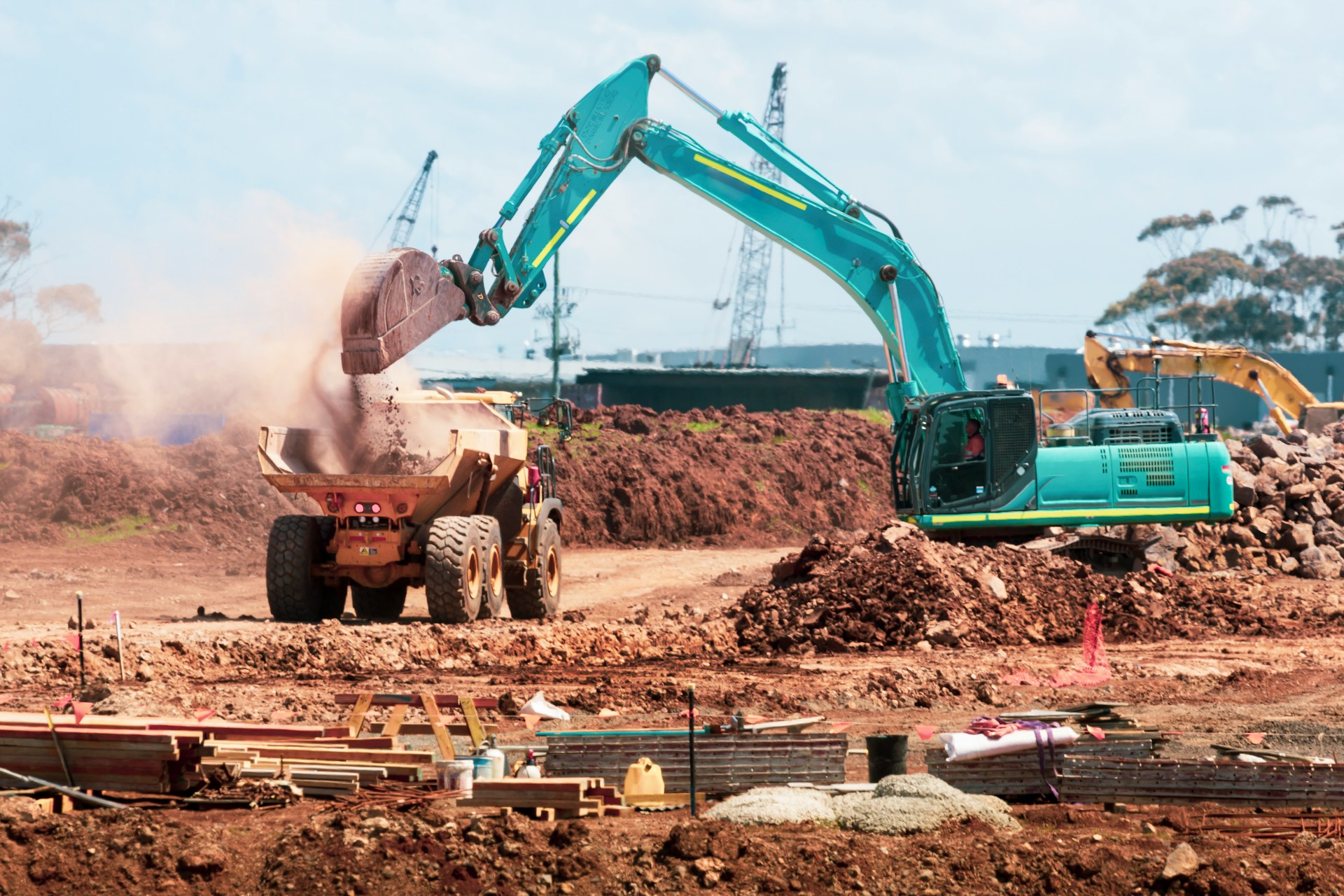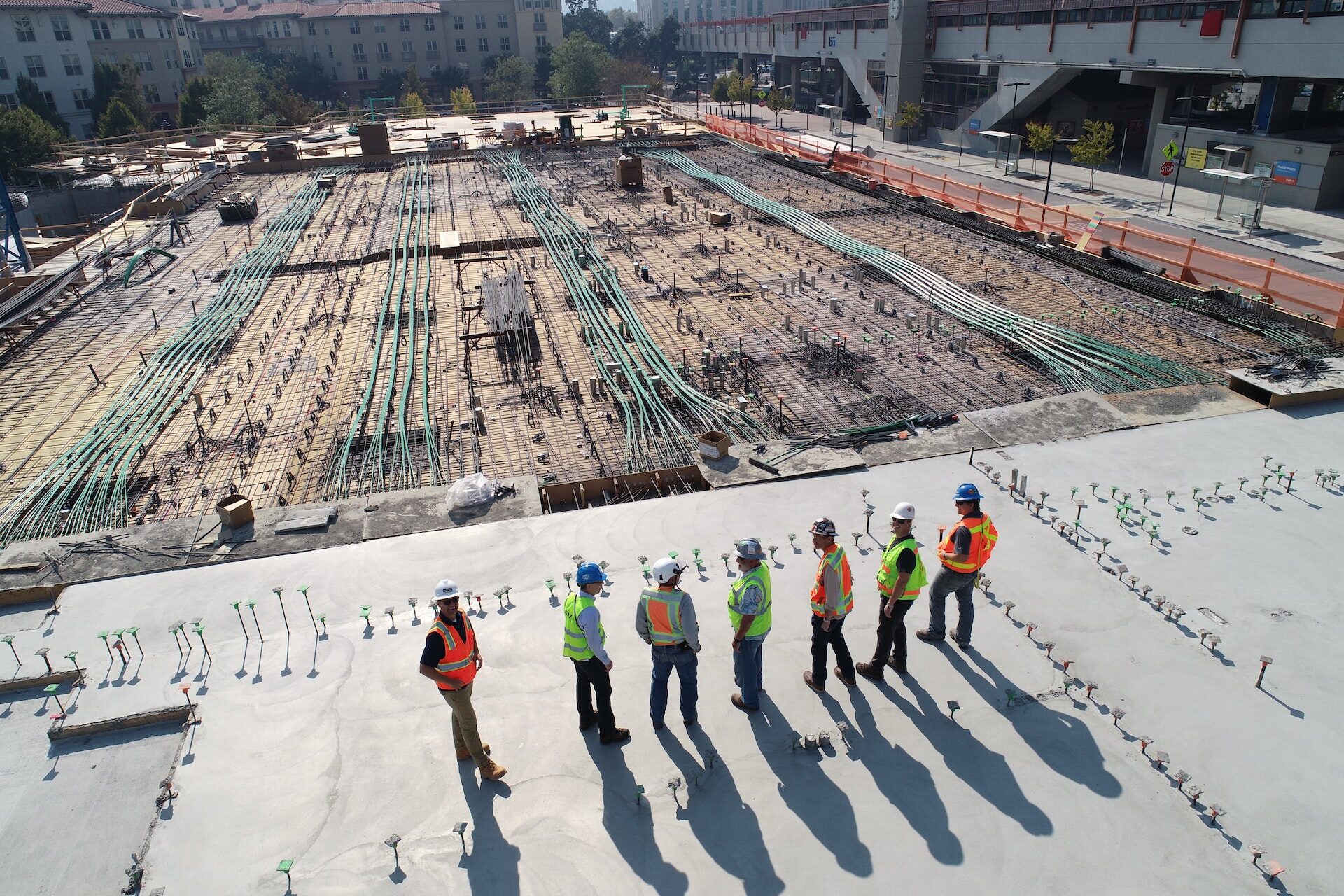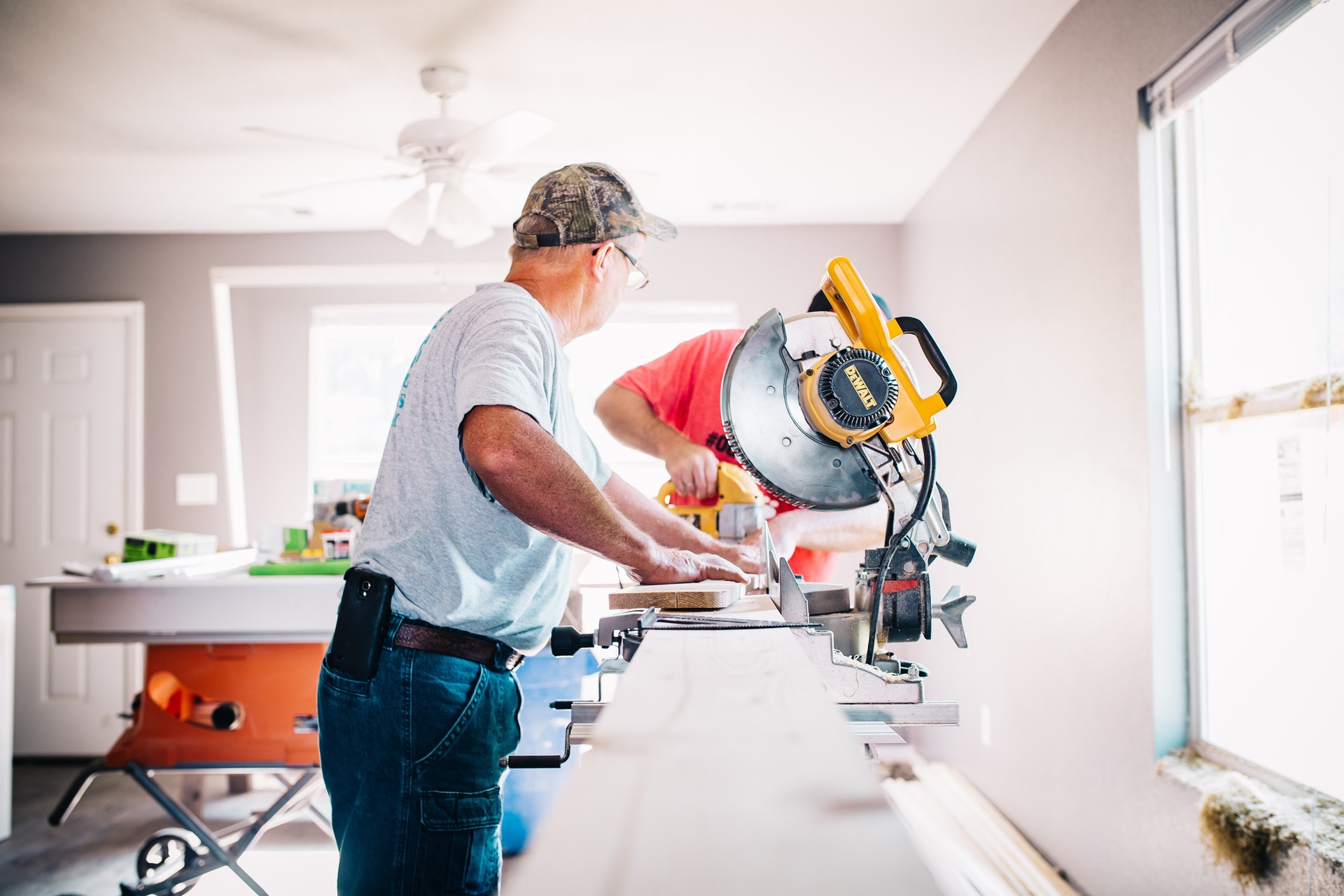
IoT in Construction: Use Cases and Benefits
March 30, 2023 - Emily Newton
Revolutionized is reader-supported. When you buy through links on our site, we may earn an affiliate commision. Learn more here.
Most people are familiar with the internet of things (IoT) in the form of smart home gadgets. While these consumer products’ popularity has driven the IoT’s growth, this technology has considerable potential for industrial applications, too. The rising use of the IoT in construction is a prime example.
The construction industry has historically been slow to adopt new technologies, but innovations like the IoT could change that. While IoT usage in the sector is still in its early stages, several impressive use cases and advantages have already emerged.
Applications of the IoT in Construction
The IoT is a broad category, so IoT in construction covers many different technologies and applications. Here are some of the most significant.
Wearables
Wearables like smartwatches are some of the most recognizable examples of the IoT and one of the leading use cases for this technology in construction. With over 135 million smartwatches shipping in 2021 alone, these devices are readily available for firms and their employees.
Managers can use these devices to keep track of workers’ locations while on the worksite. That data can aid easier communication, more efficient workforce management and improved safety. Wearables can also collect health information like workers’ body temperatures and heart rates to alert them when they’re in danger of exhaustion.
Construction-specific wearables are starting to come to market, too. Several companies now make smart helmets, connected work boots and similar gear to offer more specialized tools to tech-centric construction teams.
Equipment Sensors
Construction teams can also use IoT devices to monitor their equipment. Heavy machinery is critical to the job but expensive and often hazardous, so managing it effectively is a complex but crucial task. IoT connectivity makes it easier.
Much like wearables, IoT sensors in construction vehicles can offer real-time location data. Firms can use that with other proximity sensors to prevent collisions or as a security measure. Accessing a vehicle’s precise location remotely helps address construction equipment theft, which is becoming more common across jobsites.
IoT sensors in heavy equipment can also track maintenance information to alert teams when a machine needs repair. Similar devices can offer a real-time look at how all equipment is performing, informing more effective management practices.
On-Site Sensors
A less publicized but still helpful application of the IoT in construction is using connected on-site sensors. These devices don’t track a specific person or machine but rather gather information about the area in general to improve safety and efficiency.
There are many types of IoT sensors available today, tracking everything from temperatures to vibrations to gas concentrations. These monitoring devices can look for hazards like dangerous fumes or extreme weather and alert teams in real-time. Alternatively, they can monitor waste levels to help construction sites track their scrap and rework to inform efficiency improvements in the future.
Other, more specialized IoT sensors can track concrete as it cures to give teams more accurate timeline estimates and safety information. As IoT adoption in the industry grows, more of these more unique devices and use cases will emerge.
Benefits of the IoT in Construction
As these applications grow, their advantages become more prominent. Even with today’s limited adoption figures, the benefits of the IoT in construction are already substantial. Here are a few of the most significant advantages to consider.
Improved Safety
Many construction IoT devices can improve worksite safety. Considering the construction industry has more workplace deaths than any other sector, that’s a difficult advantage to ignore.
Caught-in-between and struck-by accidents are common hazards in the industry, but proximity sensors can eliminate them. When wearables on workers communicate with IoT equipment sensors, employees can get real-time warnings about incoming collisions so they can get out of the way. In some cases, IoT sensors could stop machines before run-ins occur, similar to many cars’ emergency braking systems.
Maintenance sensors can prevent catastrophic equipment malfunctions or breakdowns that would endanger nearby workers. Wearables can detect signs of overheating or exhaustion and notify employees to take a break to prevent injuries. Regardless of what the specific hazard is, there’s likely an IoT system that can address it.
Increased Efficiency
Using the IoT in construction can also help worksites become more efficient. Predictive maintenance plays a significant role in this efficiency. These IoT-based repair approaches eliminate unnecessary maintenance stops and prevent breakdowns, minimizing equipment downtime.
Wearables can hold workers accountable for where they are and what they do, as well as help managers communicate with and direct them more effectively. Consequently, construction site productivity has increased by 8.5% and worker happiness has risen by 3.5% after introducing these devices.
The IoT’s safety advantages impact efficiency, too. Fewer accidents mean less related lost productivity and downtime.
Lower Costs
As workplaces become more efficient and safe through the IoT, their costs will drop. Employers pay almost $1 billion weekly for worker’s compensation alone, so reducing accidents can have considerable financial benefits. Similarly, teams will save money on repairs by preventing breakdowns through predictive maintenance.
Because IoT sensors provide more transparency into daily operations, their data can reveal common inefficiencies and mistakes. As teams adapt to this information, they’ll reduce rework-causing accidents and similar waste. Less waste, in turn, translates into higher profit margins.
Over time, IoT data will highlight larger workplace safety or efficiency trends that construction firms can adapt to. These ongoing improvements will help operations become increasingly lean, further driving down costs.
Sustainability
Implementing the IoT in construction will also help the industry become more sustainable. Waste tracking systems can help teams see how to recycle materials or manage their resources more efficiently to lower their carbon footprints. IoT data from equipment operations can show how to use these machines more efficiently to reduce emissions.
On-site sensors can track construction equipment’s sound pollution, greenhouse gas emissions or other harmful waste. With more insight into these levels and where they come from, firms can adapt to become more sustainable. As more clients seek to do business with greener partners, these changes can become crucial competitive advantages.
IoT in Construction Will Dramatically Change the Industry
The use of the IoT in construction is still a relatively new concept, but its potential is vast. These use cases and advantages highlight how firms can benefit from these technologies, and they’ll only increase as the IoT develops further.
Investing in IoT technologies now can give construction companies an early lead as the industry shifts to a more tech-centric stance. As more firms join this trend, the IoT could redefine the sector, making it safer, more efficient and more sustainable.
Revolutionized is reader-supported. When you buy through links on our site, we may earn an affiliate commision. Learn more here.
Author
Emily Newton
Emily Newton is a technology and industrial journalist and the Editor in Chief of Revolutionized. She manages the sites publishing schedule, SEO optimization and content strategy. Emily enjoys writing and researching articles about how technology is changing every industry. When she isn't working, Emily enjoys playing video games or curling up with a good book.




